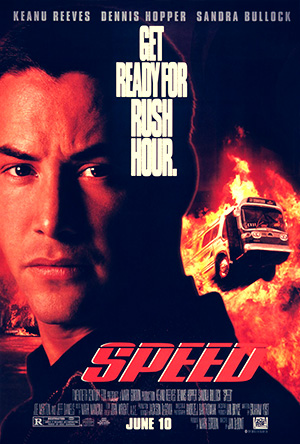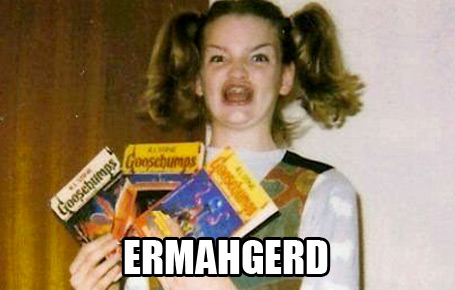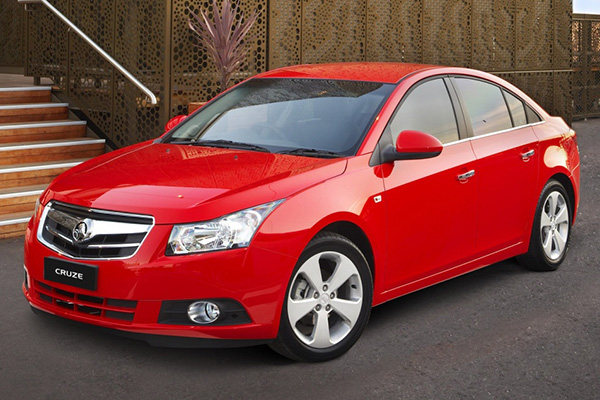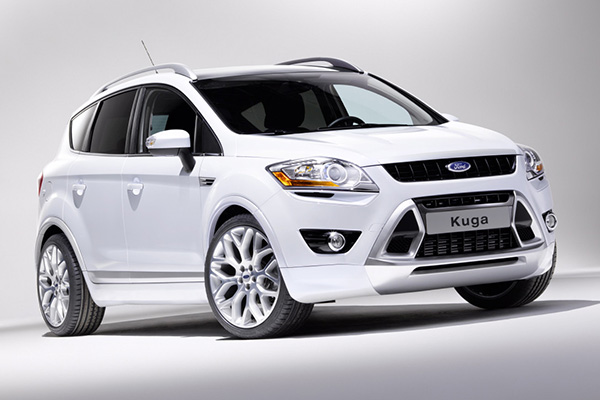People I supposedly look like
I have, over the years, been accused of looking like various people. I'm not sure if I do, but hey. Here are some of the more accurate ones:

Jamie Oliver I was once told I look "a bit" like Jamie Oliver. By "a bit", I assume the person meant "not in any conceivable way", as I do not, in fact, resemble Jamie Oliver in the slightest. I also cannot cook.
Nick Cave I'm not entirely sure that I can agree with my alleged resemblance to The Bad Seeds frontman Nick Cave. I can't entirely disagree, though. When I was younger, I had a similar hairline. (Now, I cling to the belief I have a hairline at all.)
Brian Thompson Mr. Thompson is probably best known for the role of the alien bounty hunter in The X-Files, but he's had a few other recognisable parts, including roles in the Buffy the Vampire Slayer series, and the Mortal Kombat movies. I look a bit like him, but only when he was younger. He'sâ¦changed.
Nicholas Hope British character actor well known for his appearance as Bubby in Bad Boy Bubby. Yeah, I look a bit like him. But I look like Nicholas Hope, not Bubby. It's splitting hairs. I know. You would, too.
Hugo Weaving You probably know Hugo from The Matrix, the Lord of the Rings series and Captain America. I know him as "that guy I kinda look like". This is not news to me. I've been told this for decades, now. (Boy, how I love being able to measure time in decades. Screw you, getting old.)
Trevor Phillips I also bear a passing resemblance, apparently, to a fictional nutjob in a violent video game. At least it's a popular violent video game.
And it's not Pokemon.
Could be worse.











